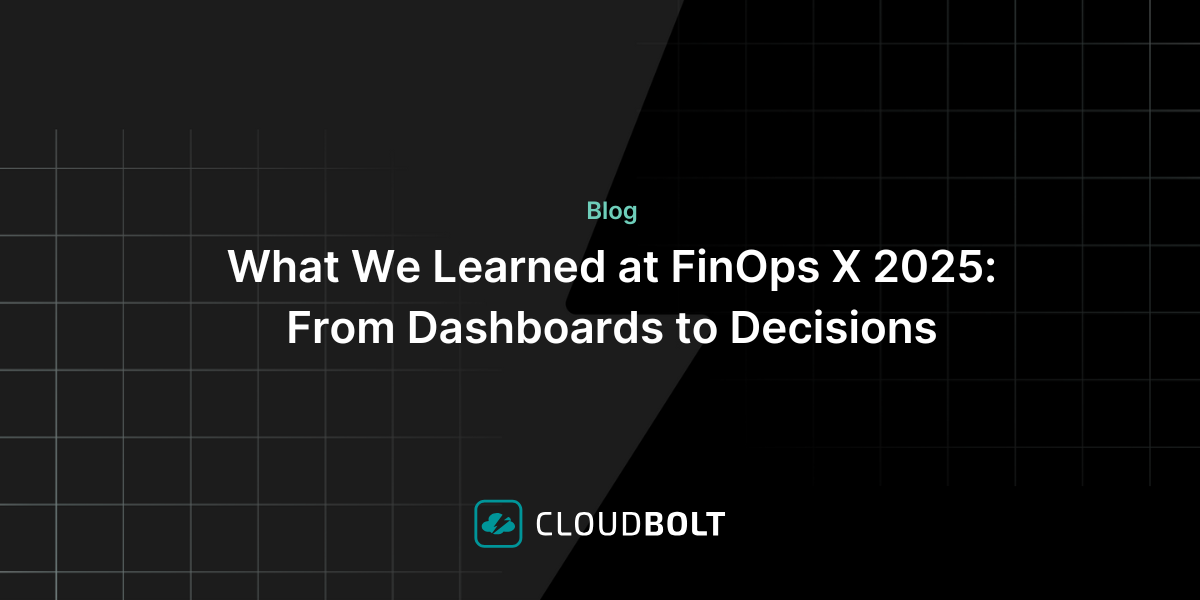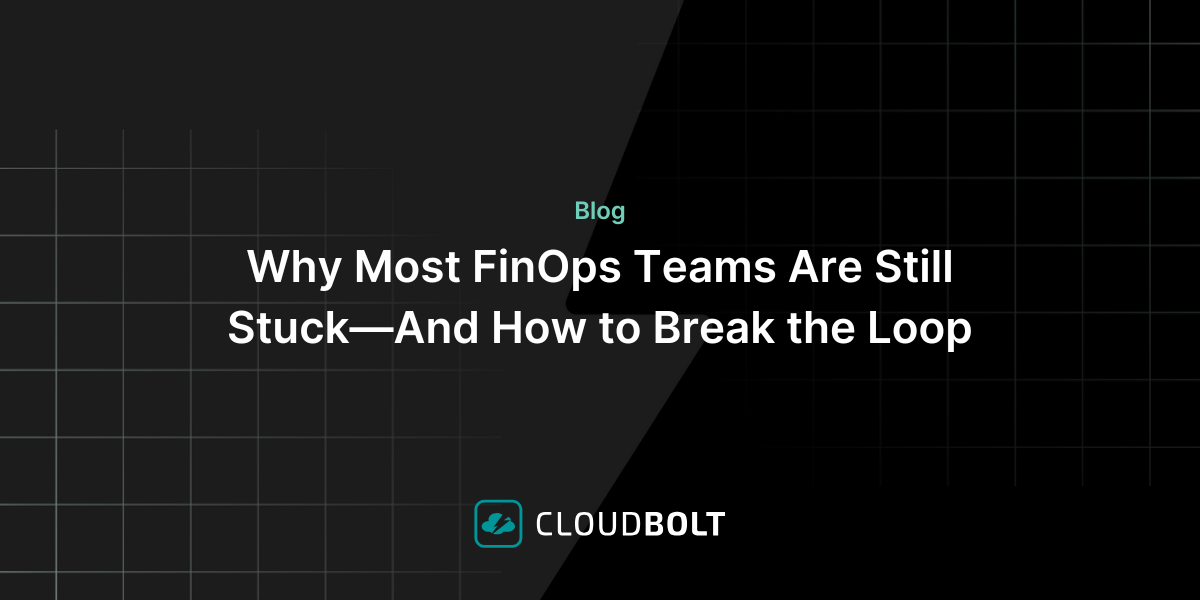Orchestrating Docker Containerization with Kubernetes
Docker Containerization
Many of us in enterprise IT hear about new technologies like Docker containerization and Kubernetes and think, “I could figure that out if I had time, but right now I’m too busy fighting fires and figuring out other stuff that’s more important.”
That’s been my initial experience with Docker and Docker Swarm for containerization technology. In order to understand Docker, a ship metaphor, portrayed in Docker’s logo, implies that the underlying operating system is the ship with all of the shipping containers as Docker containers. This is in contrast to a VM that has “cargo or apps” that have to stay with the operating system or specific ship “moving” along. It might be a bit of a stretch, but it helped me understand the basic concepts.
For Docker Swarm, I think of a “swarm of bees” roaming in concert with each other. Containers are orchestrated by the properties defined in a Docker Swarm—meanwhile, the queen bee is in the background managing the swarm. I describe this in more detail in my LinkedIn post, Who’s Swarming Now With Docker.
Kubernetes Orchestration
Many enterprise solution architects and developers are now using Kubernetes for orchestrating Docker containers. With this technology, at first I thought, “What the heck does Kubernetes have to do with these shipping or bee metaphors for IT orchestration?” Well, it turns out that Kubernetes is Greek for “helmsman” – and thus describes who is steering the ship. I’m thinking that Kubernetes conveniently claims a better metaphor. Think about it. A Docker swarm literally means a bunch of flying insects? You be the judge.
Kubernetes is emerging as the preferred enterprise orchestration tool for containerization because it tends to be more scalable by most standards… but let’s not play favorites. Here’s an unbiased rundown that compares Kubernetes vs Docker Swarm.
The key point is to make sure that you’re using technology that provides more business value for your overall digital business objective.
Kubernetes orchestration scales to meet the needs of fast-moving digital business objectives with an open source platform that allows developers and architects to modularize services that are resilient for large enterprises. Kubernetes also has the ability to orchestrate microservice communication with load balancing and networking that is easy and scalable to almost any environment.
CloudBolt and Kubernetes
CloudBolt supports Kubernetes orchestration for enterprises in the following ways:
- Create a Kubernetes cluster on Google Cloud Platform
- Deploy a Kubernetes cluster to your virtualization environment
- Connect to any Kubernetes cluster and orchestrate containerization
For more information, check out our Resource Center or download our Product Overview
Related Blogs

What We Learned at FinOps X 2025: From Dashboards to Decisions
At FinOps X 2025, one message echoed across sessions and conversations: FinOps is growing up. The scope is expanding. The…

